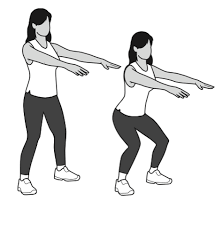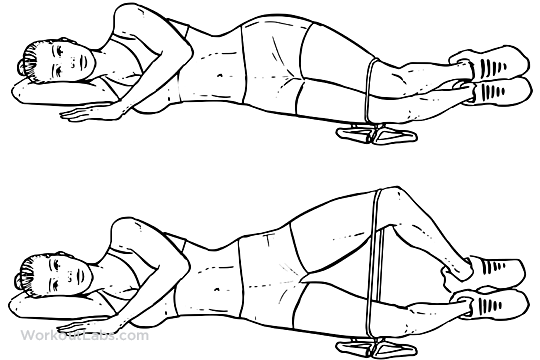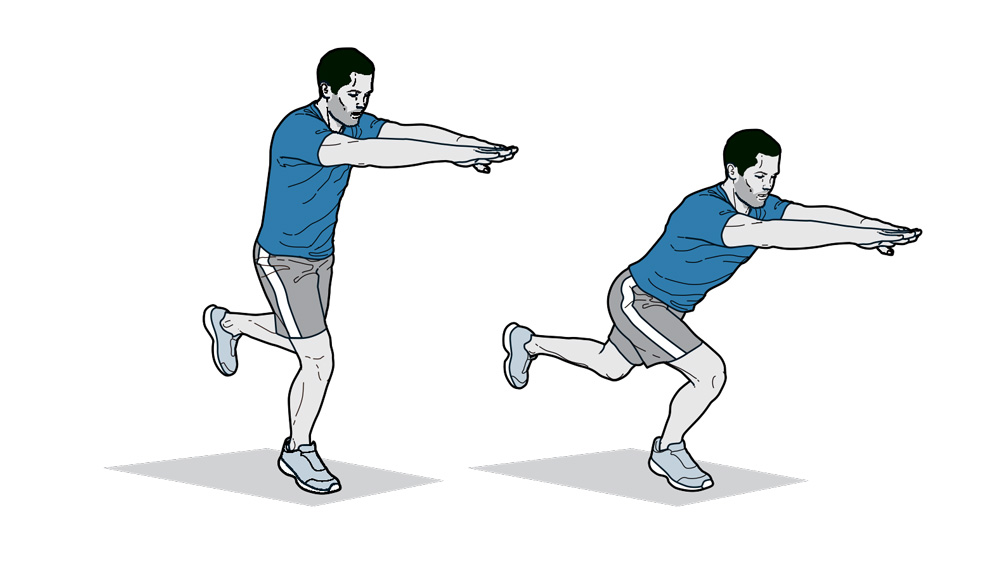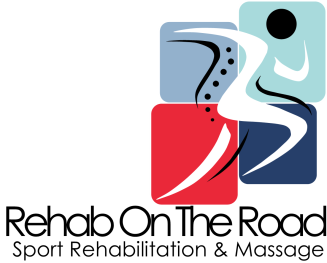
Runner’s knee, more scientifically called patellofemoral pain syndrome (PFPS) is a condition which affects the cartilage on the underside of the knee cap (patella) and the structures which support it, as it moves up and down over the groove on the femur (thigh bone) when you bend and straighten your knee.
THE SYMPTOMS
- Tenderness around or behind your knee cap
- Pain that is aggravated by downhill running
- Dull pain when running on uneven terrain
- Pain when you push on the patella bone
THE CAUSE
Injury occurs when there is ‘mal-tracking’ of the patella in the femoral groove and a chronic stimulation of the pain nerves in the surrounding area.
- The ‘mal-tracking’ may be due to a number of factors such as alignment of your leg, and abnormal muscle forces.
- Poor strength and flexibility in the hips, hamstrings and quadriceps have all been shown to contribute to this problem.
- However, training errors are the primary culprit. This can include an accelerated build-up of mileage, as well as excessive high-intensity running or hill work.
- Worn out or inappropriate foootwear is also cited as a possible cause.
THE FIX
- The first line of treatment for PFPS is rest, along with the use of ice and non-steroidal antiinflammatories (NSAIDs), which may help reduce pain and swelling in the short term.
- Strengthening the hip/ buttock muscles can reduce pain in PFPS. Exercises for this may include squats, lunges, crab walking and bridging.
- Improving flexibility in the leg. Remember that cutting back on mileage, or even taking a complete break from running, will be important.
- A graduated progression back into training can be discussed with your therapist as you work through your rehab programme
- Assessing running shoes condition is advisable
THE PREVENTION
It is important to be proactive with prevention measures, especially if you’ve suffered from runner’s knee in the past. Implementing a regular strength and flexibility routine should be the focus. Strengthening the hips, glutes, quads and hamstrings improves overall stability and helps the kinetic chain function better – reducing load on the knee and aiding support of the joint. Listen to your body and respond at the first sign of discomfort. Runner’s knee is an injury that worsens if you continue to run on it. Building mileage slowly will help ensure you remain healthy. Do not increase your mileage by more than 5-10 percent from one week to the next. Avoiding excessive downhill running is also a good thing to do if you’re hoping to skirt injury.

1/2 SQUAT
Open your legs slightly wider than shoulder width, and bend your knees to the 1/2 squat position. Make sure you keep the middle of your knee-cap in line with the middle toes of your foot. As pain allows you can squat lower/deeper until you get to a full squat where your knee is bent to 90 degrees.
Repeat 6 times
CLAMS
Lie on your side, with both knees bent. Keeping your feet together, and squeeze your deep abdominal muscles by drawing the belly button inwards. Open your knees, like a clam, hold, and return to the start position. This is a good strengthening exercise for your gluteal (buttock) and outer thigh/hip muscles.
Repeat 12 times | Perform both sides


SPLIT SQUAT
Take a step forwards, make sure your knee is directly over the second toe of your foot and in good alignment (your knee should never drop inwards) of your front leg and slowly drop your back knee towards the ground. Your front knee stays at 90 degrees, but does not go forwards of that point. Return to the start position. limits.
Repeat 6 times | Perform both sides
YOUR REHABILITATION PROGRAMME
You want to focus your strengthening on the quadriceps working together with the gluteus and hip muscles. Strong quads will support the knee and hip and gluteal strength will ensure good alignment of the leg. Remember to stretch your hip flexors. It is important to ensure the exercises are performed with good technique and good postural control.

LATERAL WALK WITH EXERCISE BAND
Place an exercise band around your knees or ankles, and go into a squat position (as far down as feels comfortable). Walk one leg to the side, and then follow with the other leg. Repeat to one side for five steps, then return to the start position.
Repeat 5 times | Perform both sides
HIP FLEXOR STRETCH
In a kneeling lunge position, move your body forwards to create a stretch to the front of your thigh and slightly into your groin. Place your foot on a stool to create an extra stretch.
Repeat 3 times | Hold for 30 seconds | Perform both sides


1/4 SQUAT SINGLE LEG
Stand on one leg, and bend your knee to the 1/4 squat position. Make sure when you squat you keep the middle of your knee cap in line with the middle toes of your foot. Do not let your knee drift off to one side. Also keep your hips and pelvis level as you squat.
Repeat 6 times | Perform both side
WARM UP AND COOL DOWN
If muscles are tight, weak or injured, it is particularly important to warm up (unless advised otherwise by your practitioner) with a brisk walk or a gentle jog at a pain-free pace for 5 minutes before you start your exercises. This increases your circulation and helps prepare the muscles for the activity to come.
Contact Me
Let's chat!
Need more information? Send me an email or drop me a line. I don’t bite!
- Charlotte@rehabontheroad.co.uk
- 07971448719
